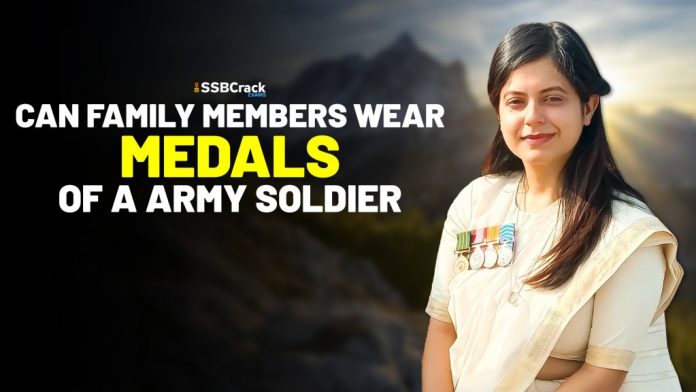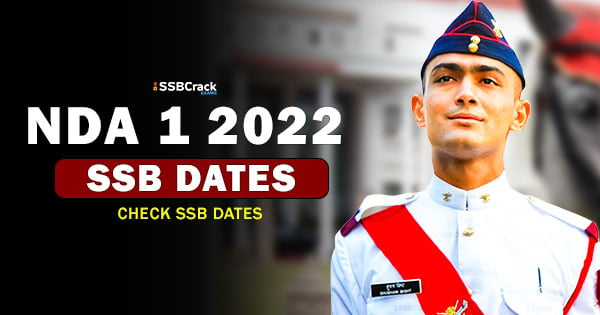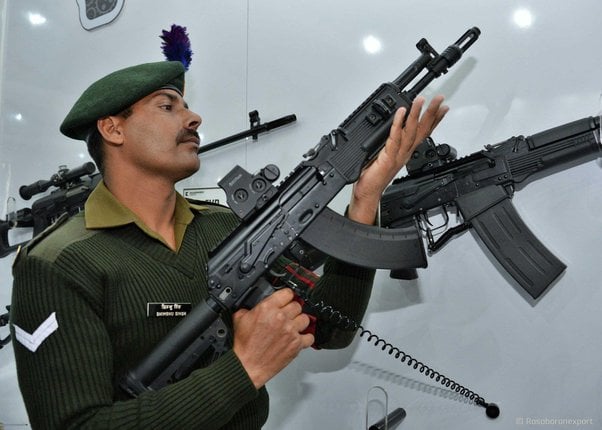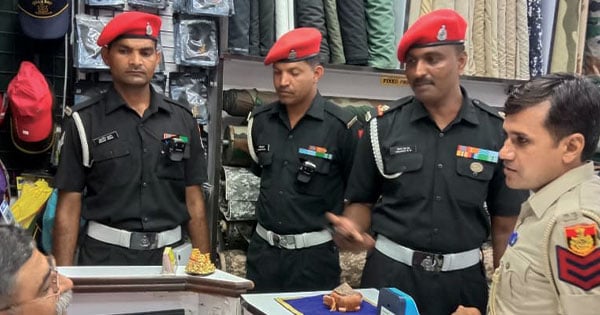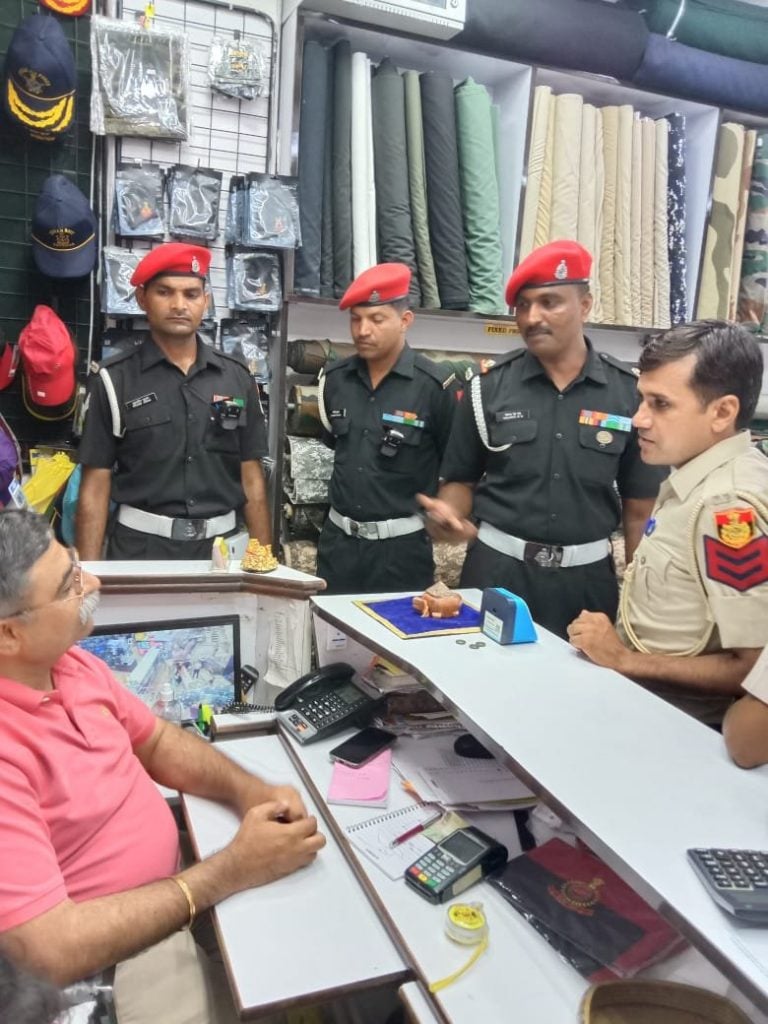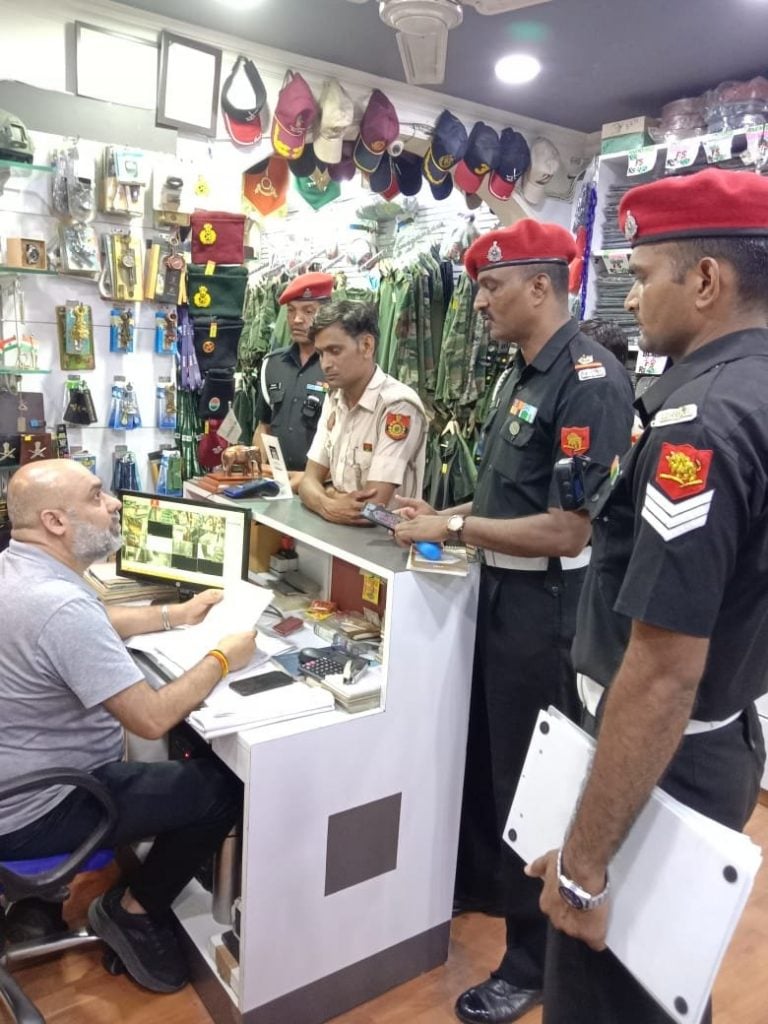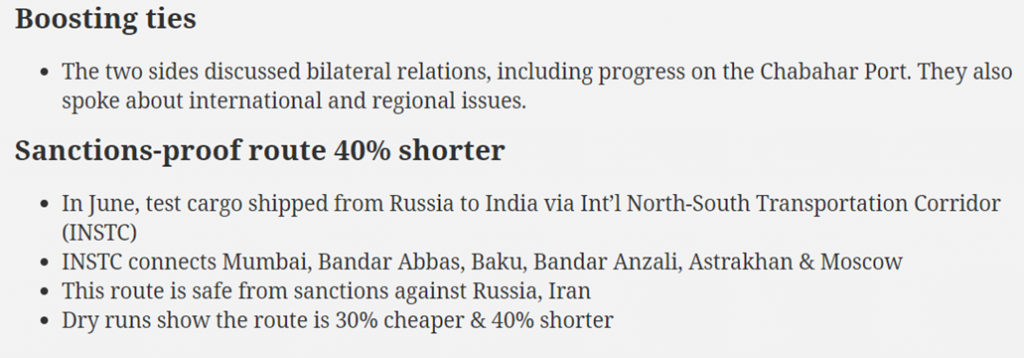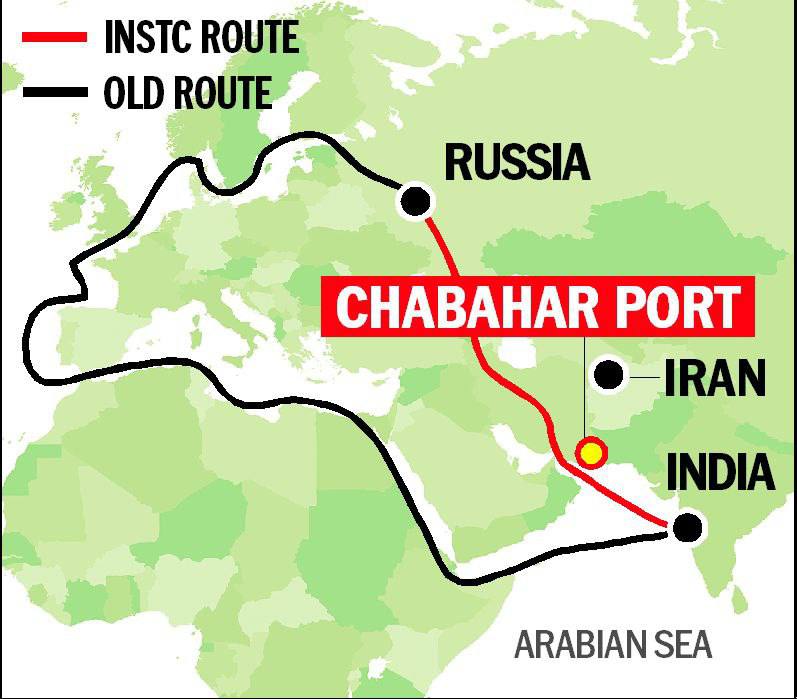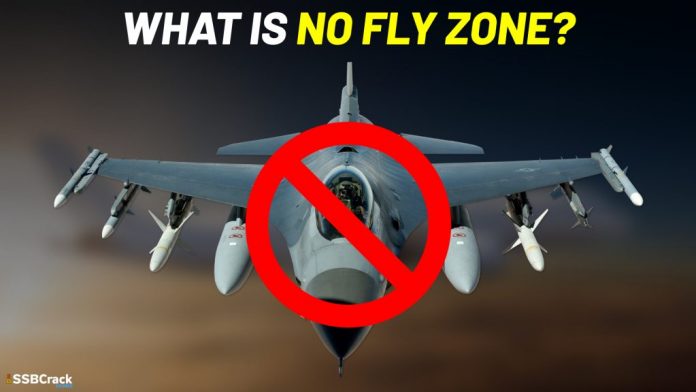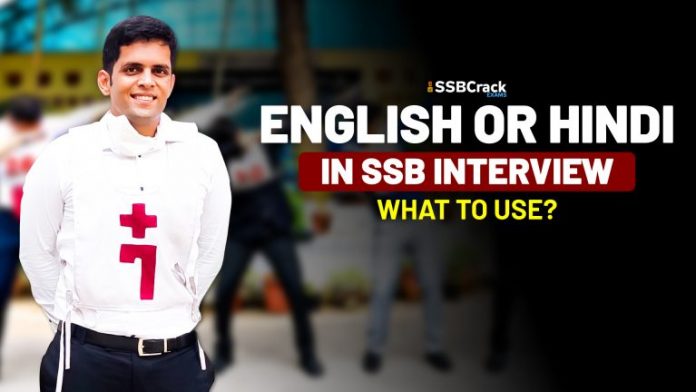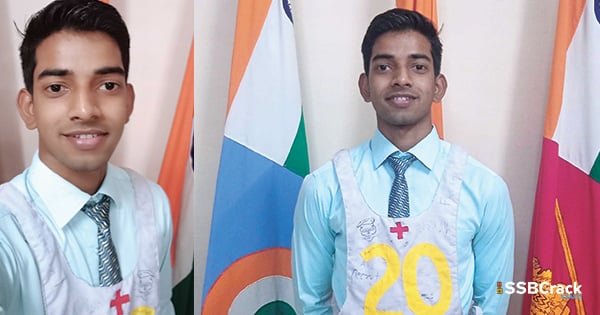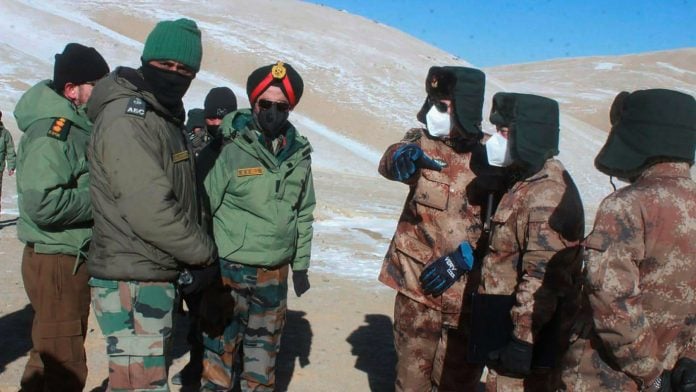A no-fly zone is an area where certain aircraft cannot fly for any number of reasons. In the context of a conflict such as the one in Ukraine, it would probably mean a zone in which Russian planes were not allowed to fly, to prevent them from carrying out airstrikes against Ukraine.
NATO has imposed no-fly zones in non-member countries before, including Bosnia and Libya. However, it is always a controversial move because it means getting semi-involved in a conflict without fully committing ground forces.

What is No-Fly Zone?
A no-fly zone, also known as a no-flight zone (NFZ) or an air exclusion zone (AEZ), is a territory or area over which some aircraft are not permitted to fly. During a fight, similar to a demilitarised aerial zone, such zones are frequently constructed in an enemy power’s territory to restrict the opponent’s military aircraft from operating in the region.
Depending on the requirements of the NFZ, the enforcing state may take military action, which may include pre-emptive attacks to avoid possible violations, reactive measures targeted at violating aircraft, or surveillance with no use of force.
Air exclusion zones and anti-aircraft defences are sometimes built in civilian contexts, for example, to safeguard important areas or events, such as the 2012 London Olympic Games, against terrorist air attacks.

No-fly zones are a relatively recent phenomenon that first appeared in the 1990s. They are distinct from ordinary air power missions in that they rely only on coercion to occupy another country’s airspace to achieve objectives on the ground within the target country.
The Royal Air Force (RAF) pioneered air control operations over various difficult colonies between World Wars I and II, but no-fly zones did not take on their current form until the Gulf War ended in 1991.
Also Read: Difference Between NATO Vs Russia? [Explained]
During the Cold War, military intervention as an instrument of US statecraft was unpopular due to the risk of local conflict escalating into a nuclear catastrophe. Furthermore, air power remained a blunt instrument until the operational development of stealth and precision-strike technologies. Before the 1991 Gulf War, subtle assaults on fleeting, hard-to-reach targets were unfeasible, and air power could not inflict large political impacts short of total war.
No-fly zones became more conceivable in both political and military scenarios after the demise of the Soviet Union and advances in aeronautical technology.
Let us understand the history of usage of no-fly zones to have a better understanding of this concept.
History of no-fly zones
Iraq, 1991–2003
Following the Gulf War in 1991, the United States and other members of the Coalition established two no-fly zones in Iraq. According to US and Coalition officials, the northern no-fly zone was established to prevent attacks on Kurdish people by Saddam Hussein’s Iraqi regime, while the southern no-fly zone was established to protect Iraq’s Shia population.
The Iraqi Air Force used chemical weapons against Kurdish civilians during the Halabja chemical strike on March 16, 1988, killing roughly 5,000 people. The Coalition Forces used this air-to-ground incident to justify the extension and enlargement of the NFZs, citing Chapter 42 of the United Nations Charter. The southern no-fly zone used to extend all the way down to the 32nd parallel.
Bosnia and Herzegovina, 1993–1995
In 1992, the United Nations Security Council passed Resolution 781, prohibiting unauthorised military flights over Bosnian airspace. As a result, NATO launched Operation Sky Monitor, which monitored no-fly zone violators while taking no action against those who disregarded the decision.
In 1993, in response to 500 documented violations, including one combat violation, the UN Security Council passed Resolution 816, which made all unauthorised flights illegal and allowed all UN member nations to “take all necessary measures…to ensure compliance with [the no-fly zone laws].”
Libya, 2011
As part of the 2011 military intervention in Libya, the United Nations Security Council approved a no-fly zone on March 17, 2011. The resolution also includes further measures to prevent attacks on civilian targets. On March 24, NATO agreed to take control of the no-fly zone.
Following it, a number of NATO members started an air assault against various Libyan government targets. Some NATO partners did not participate in the air campaign or only did so in a limited way, forcing US Secretary of Defense Robert Gates to publicly chastise them. The NATO no-fly zone was lifted on October 27 when the UN Security Council passed a unanimous vote.
Libya, 2018 and 2019
During the Libyan National Army’s (LNA) advance in the region in 2018, the LNA announced a no-fly zone over the country’s south. It was later re-implemented for ten days in 2019 as the LNA took control of the region’s oil fields. During the 2019 Western Libya offensive, the LNA proclaimed yet another no-fly zone in the country’s west.
Discussion on a no-fly zone in Ukraine, 2022
Soon after the Russian invasion of Ukraine began in February 2022, the Ukrainian government pressed NATO to impose a no-fly zone over Ukraine, but the alliance rejected, citing the risk of further escalation and direct military confrontation with Russia.
There were also reservations about the zone’s usefulness in protecting Ukrainian settlements, which have been subjected to indiscriminate strikes by Russian artillery and other largely ground-based soldiers. On March 18, the separatist administration of the Donetsk People’s Republic, which is backed by Russia, announced that Russia will establish a no-fly zone over Ukraine’s Donbas region.
Also Check: 20 SSB Interview Questions On Russia Ukraine Crisis
Hope this article has been able to clear your doubts regarding the no-fly zone strategy. Follow SSBCrackExams for more such articles.
To crack the SSB Interview, You can join our SSB interview live classes batch and we recommend you to Enroll SSB INTERVIEW ONLINE COURSE. Trusted by thousands of defence aspirants.



